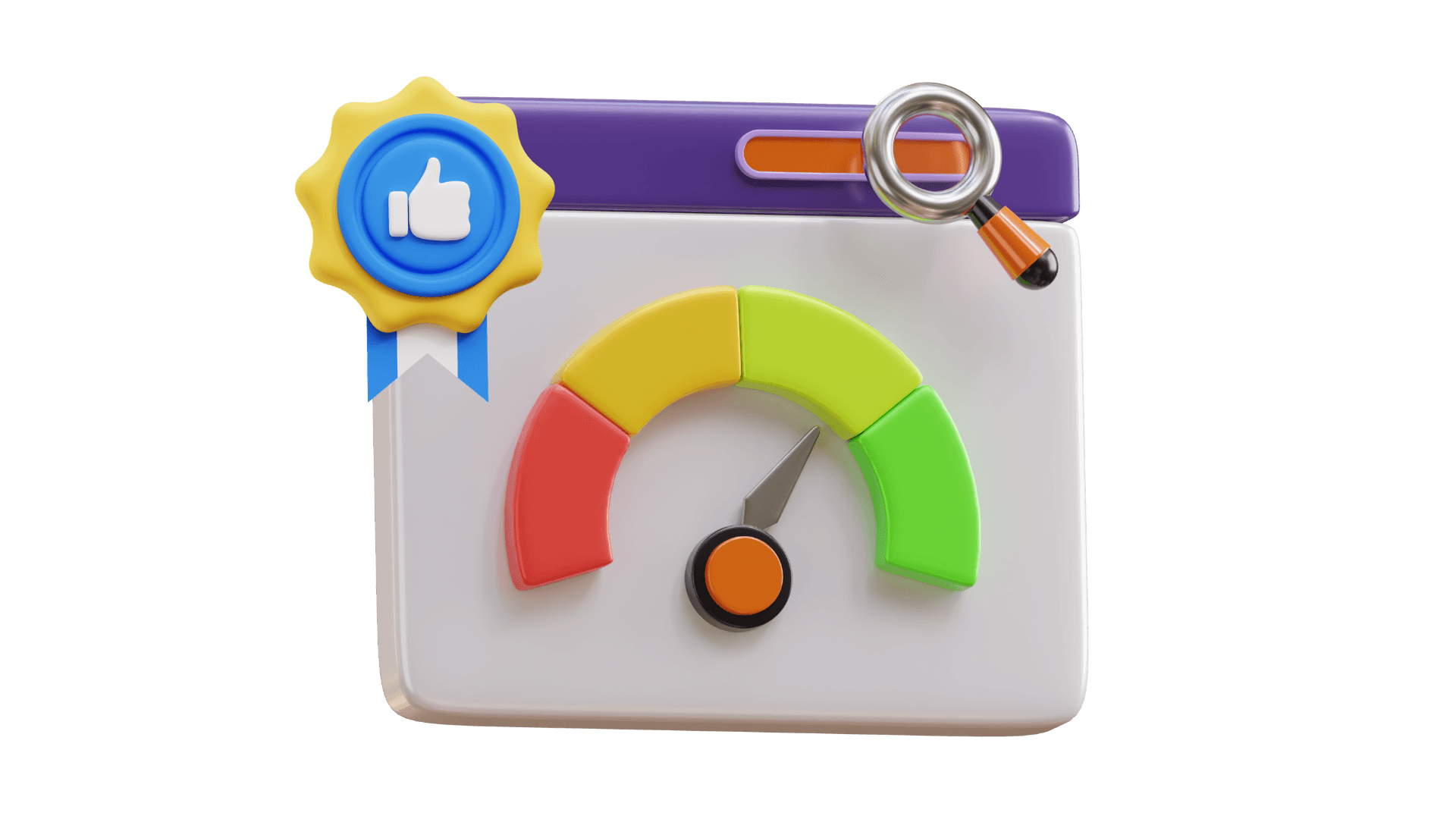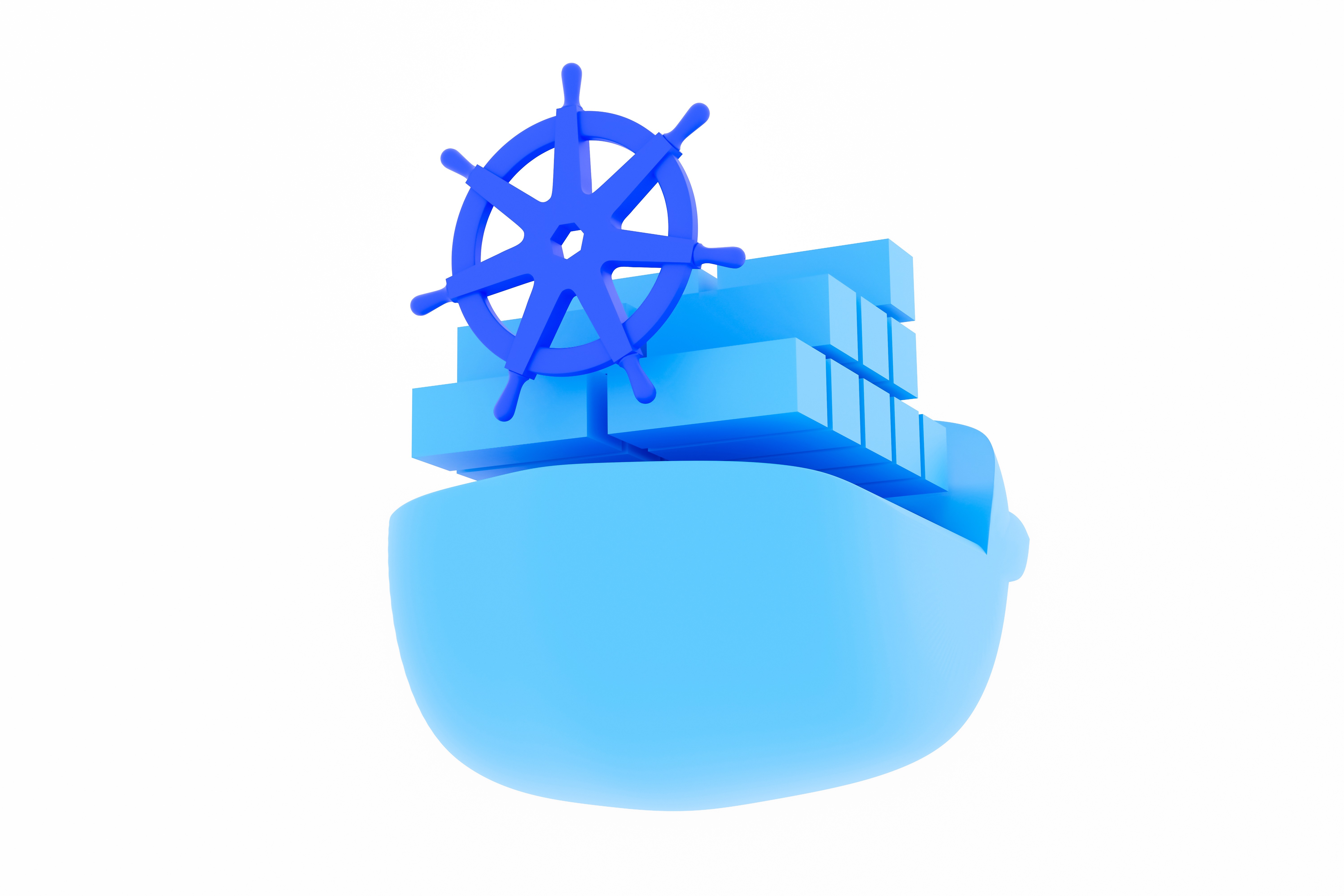Data Platform Review
Situation
I was assigned to address substantial data quality and operational efficiency challenges in a rapidly growing data environment. The existing data infrastructure, composed of diverse data sources and large volumes of structured and unstructured data, required a significant overhaul to meet high data integrity and performance standards.
Task
Aimed to design and implement a comprehensive data quality framework to ensure data accuracy, integrity, and efficiency across multiple databases. This involved integrating new technologies, refining data pipelines, and automating monitoring tools to meet the organization's evolving needs.
Action
To tackle this task, I employed a variety of technologies and methodologies:
Storage & Ingestion:
Deployed scalable cloud storage to handle raw data ingestion from multiple internal and external sources.Data Transformation & Loading:
Developed automated ETL pipelines using Python and SQL to cleanse, transform, and load data into a centralized data warehouse. Data validation and consistency checks were built directly into the pipeline.Data Warehouse Implementation:
Used a cloud-based data warehouse platform for scalable compute and efficient handling of large datasets. Emphasis was placed on optimizing query performance and ensuring cross-system consistency.Data Quality Framework:
Designed a flexible, rule-based validation layer that monitored key business-critical fields and applied data quality checks across staging and production datasets. The framework supported automatic detection of outdated, missing, or inconsistent records.Monitoring & Reporting:
Built interactive dashboards to visualize key metrics related to data quality, pipeline performance, and failure trends. These dashboards enabled near real-time monitoring and reduced time to resolution.Environment & Testing:
The entire solution was iteratively developed and validated in the test environment before rollout, ensuring robust testing, minimal disruption, and repeatability.
Result
The project resulted in substantial improvements in both data quality and operational efficiency. Key achievements included:
Achieved a 90%+ improvement in data quality, minimizing manual cleanup efforts and ensuring higher confidence in analytics.
Reduced ETL processing times by 10%, leading to lower cloud resource costs.
Enabled proactive monitoring of pipeline health and data integrity through automated reporting.
Delivered a scalable and reusable data platform foundation to support future growth and evolving business needs.
Conclusion:
This project demonstrated hands-on experience with cloud data architecture, automated validation, large-scale data processing, and operational monitoring. I focused on building robust, reusable components that ensured data correctness and system reliability across the entire stack, from raw ingestion to stakeholder dashboards.





